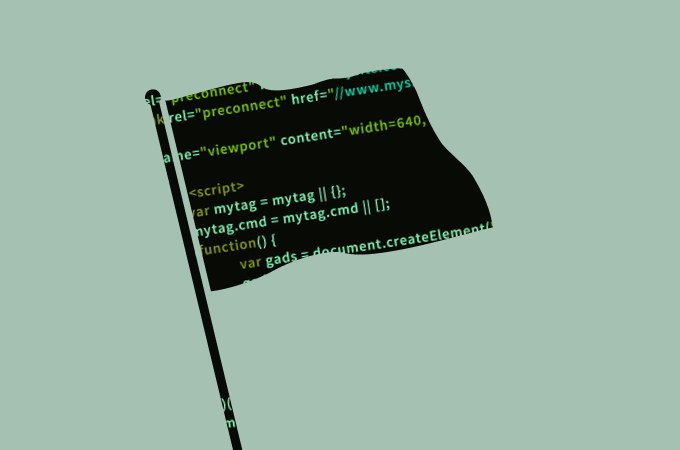Page Not Found
Page not found. Your pixels are in another canvas.
A list of all the posts and pages found on the site. For you robots out there is an XML version available for digesting as well.
Page not found. Your pixels are in another canvas.
About me
This is a page not in th emain menu
Published:
This post will show up by default. To disable scheduling of future posts, edit config.yml and set future: false.
Published:
This is a sample blog post. Lorem ipsum I can’t remember the rest of lorem ipsum and don’t have an internet connection right now. Testing testing testing this blog post. Blog posts are cool.
Published:
This is a sample blog post. Lorem ipsum I can’t remember the rest of lorem ipsum and don’t have an internet connection right now. Testing testing testing this blog post. Blog posts are cool.
Published:
This is a sample blog post. Lorem ipsum I can’t remember the rest of lorem ipsum and don’t have an internet connection right now. Testing testing testing this blog post. Blog posts are cool.
Published:
This is a sample blog post. Lorem ipsum I can’t remember the rest of lorem ipsum and don’t have an internet connection right now. Testing testing testing this blog post. Blog posts are cool.
Come to see us back ;) 
🌟 Recently, I had the opportunity to attend the CodeFest meetup organized by #Baot. The event featured a workshop on Capture the Flag (CTF) challenges, which introduced me to this concept. These challenges tested my creativity, problem-solving skills, and knowledge of various technologies. The CTF challenges covered a wide range of subjects, including cryptography, steganography, web exploitation, reverse engineering, and network analysis. Each challenge presented a unique puzzle to solve, pushing me to sharpen my scripting, debugging, network analysis, and vulnerability exploitation skills. Participating in these challenges was a captivating experience that allowed me to apply my knowledge in real-world scenarios. Even if it is not my main interest area it was good to discover new technologies and to deepen my understanding of cybersecurity and the technologies involved. 
Published in Uncertainty in Artificial Intelligence (UAI), 2022
Machine learning classifiers are probabilistic in nature, and thus inevitably involve uncertainty. Predicting the probability of a specific input to be correct is called uncertainty (or confidence) estimation and is crucial for risk management. Post-hoc model calibrations can improve models’ uncertainty estimations without the need for retraining, and without changing the model. Our work puts forward a geometric-based approach for uncertainty estimation. Roughly speaking, we use the geometric distance of the current input from the existing training inputs as a signal for estimating uncertainty and then calibrate that signal (instead of the model’s estimation) using standard post-hoc calibration techniques. We show that our method yields better uncertainty estimations than recently proposed approaches by extensively evaluating multiple datasets and models.
Recommended citation: Chouraqui, G., Cohen, L., Einziger, G., & Leman, L. (2022, August). A geometric method for improved uncertainty estimation in real-time. In Uncertainty in Artificial Intelligence (pp. 422-432). PMLR. https://arxiv.org/abs/2206.11562
Published in Under review, 2023
In machine learning, accurately predicting the probability that a specific input is correct is crucial for risk management. This process, known as uncertainty (or confidence) estimation, is particularly important in mission-critical applications such as autonomous driving. In this work, we put forward a novel geometric-based approach for improving uncertainty estimations in machine learning models. Our approach involves using the geometric distance of the current input from existing training inputs as a signal for estimating uncertainty, and then calibrating this signal using standard post-hoc techniques. We demonstrate that our method leads to more accurate uncertainty estimations than recently proposed approaches through extensive evaluation on a variety of datasets and models. Additionally, we optimize our approach so that it can be implemented on large datasets in near real-time applications, making it suitable for time-sensitive scenarios.
Recommended citation: Chouraqui, G., Cohen, L., Einziger, G., & Leman, L. (2023). Uncertainty Estimation based on Geometric Separation. arXiv preprint arXiv:2301.04452. https://arxiv.org/abs/2301.04452
Published:
This is a description of your talk, which is a markdown files that can be all markdown-ified like any other post. Yay markdown!
Published:
This is a description of your conference proceedings talk, note the different field in type. You can put anything in this field.
Undergraduate course, University 1, Department, 2014
This is a description of a teaching experience. You can use markdown like any other post.
Workshop, University 1, Department, 2015
This is a description of a teaching experience. You can use markdown like any other post.